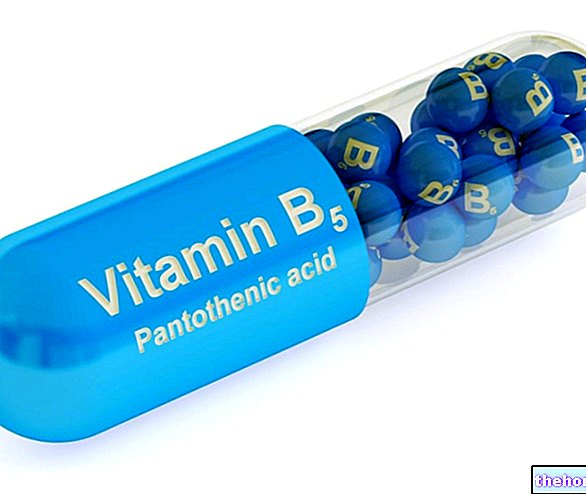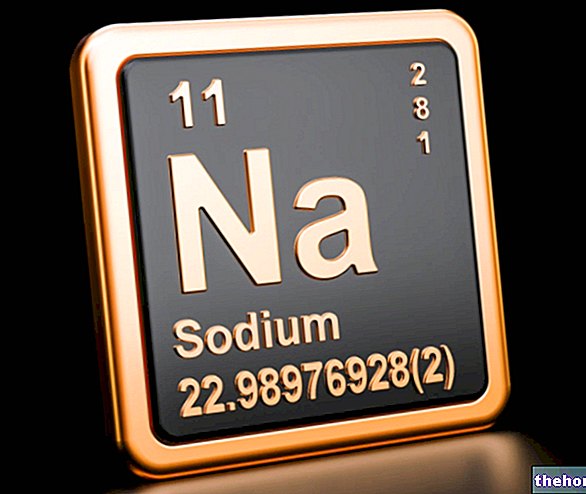Obviously, fish eggs are NOT all the same and their nutritional characteristics depend above all on the fish species and the type of processing (if any) they have undergone (eg salting, smoking, etc.).
Before looking in more detail at some nutritional values of fish eggs (not all, since the data available are few as they are quantitatively MARGINAL foods if contextualized in the "collective diet), we remind you that it is, similarly to bird eggs, of female gametes intended for reproduction; this means that ALL the category of fish eggs provides significant amounts of lipids, even essential but not without cholesterol and phospholipids, vitamins (both fat-soluble and water-soluble), mineral salts and high-value proteins The respective energy density is on average quite high.
Nutritional composition of caviar

Nutritional composition of raw mullet and tuna roe - medium

Nutritional composition of mullet and tuna bottarga - medium

Conclusions
Unfortunately, in the absence of reliable sources that translate the nutritional content of the other fish eggs mentioned above (carp, cod, flying fish, lumpfish, etc.), we must be satisfied with the 3 tables above. However, if you can comfort the readers, the composition of the other fish eggs should not differ much from those of the sturgeon, tuna and mullet; this means that the fish roe:
- They are fairly caloric
- They have a medium to high fat content
- They are high in polyunsaturated and possibly essential omega-3 fatty acids
- They have a high cholesterol content
- They have a high content of high biological value proteins (VB)
- They provide significant amounts of B vitamins, especially thiamin, riboflavin and niacin
- They provide significant amounts of fat-soluble vitamins, especially retinol equivalents, vit. D and vit. AND
- They contain a good supply of bioavailable iron
- They are NOT useful sources of carbohydrates
NB. The food portions of fish eggs are particularly small, therefore, it is necessary for readers to interpret the values taking into account that, in the end, they do not constitute a relevant “slice” of the daily dietary intake.




























